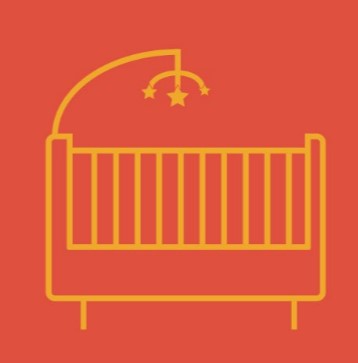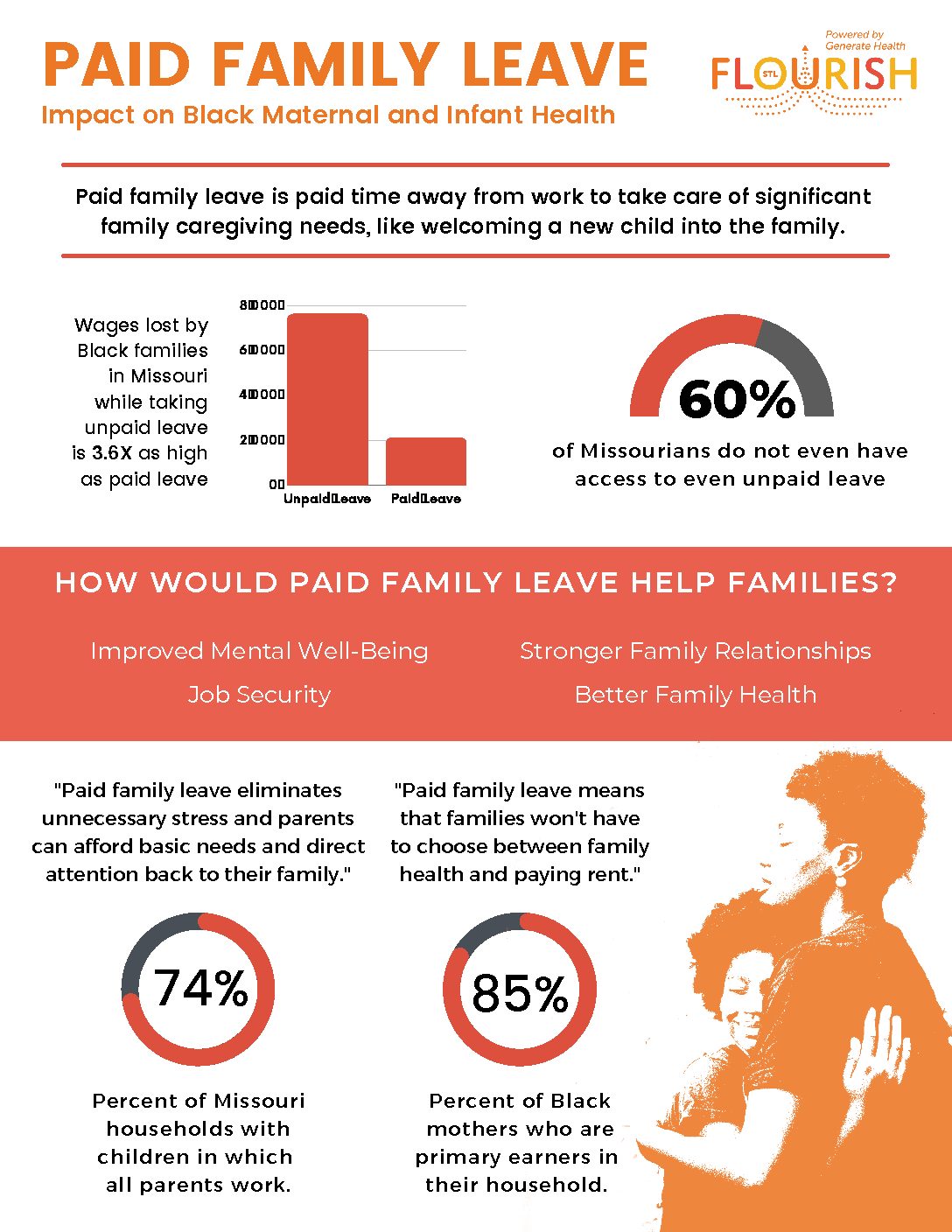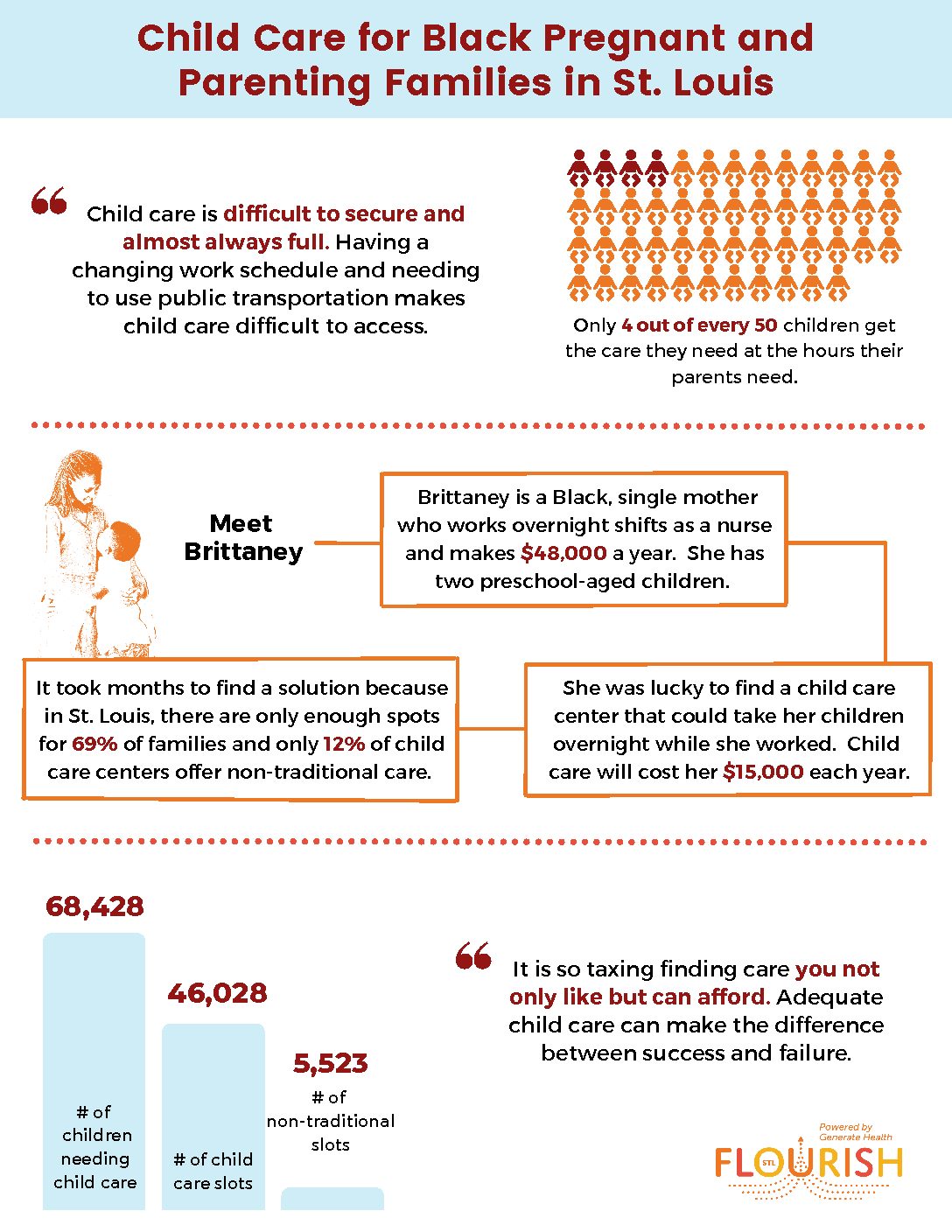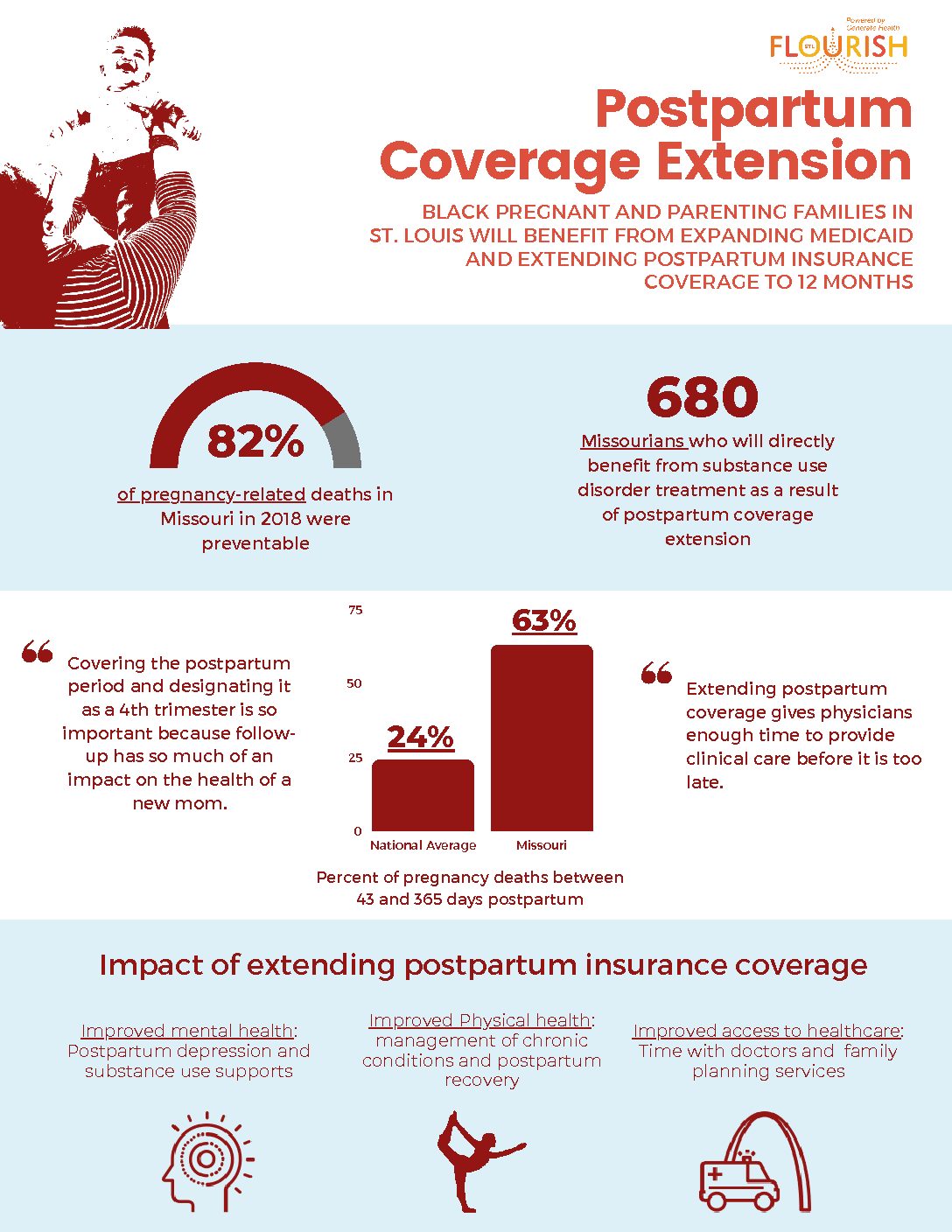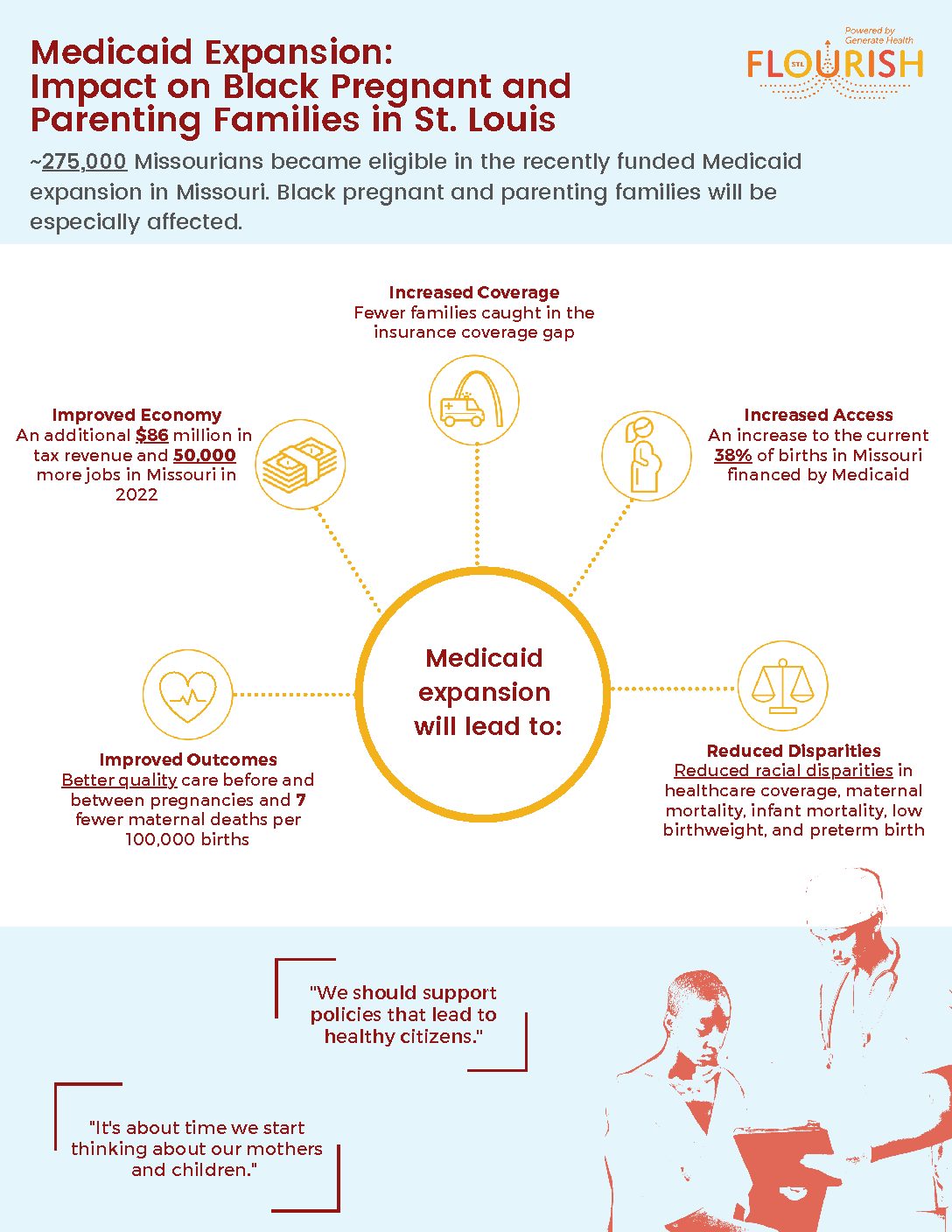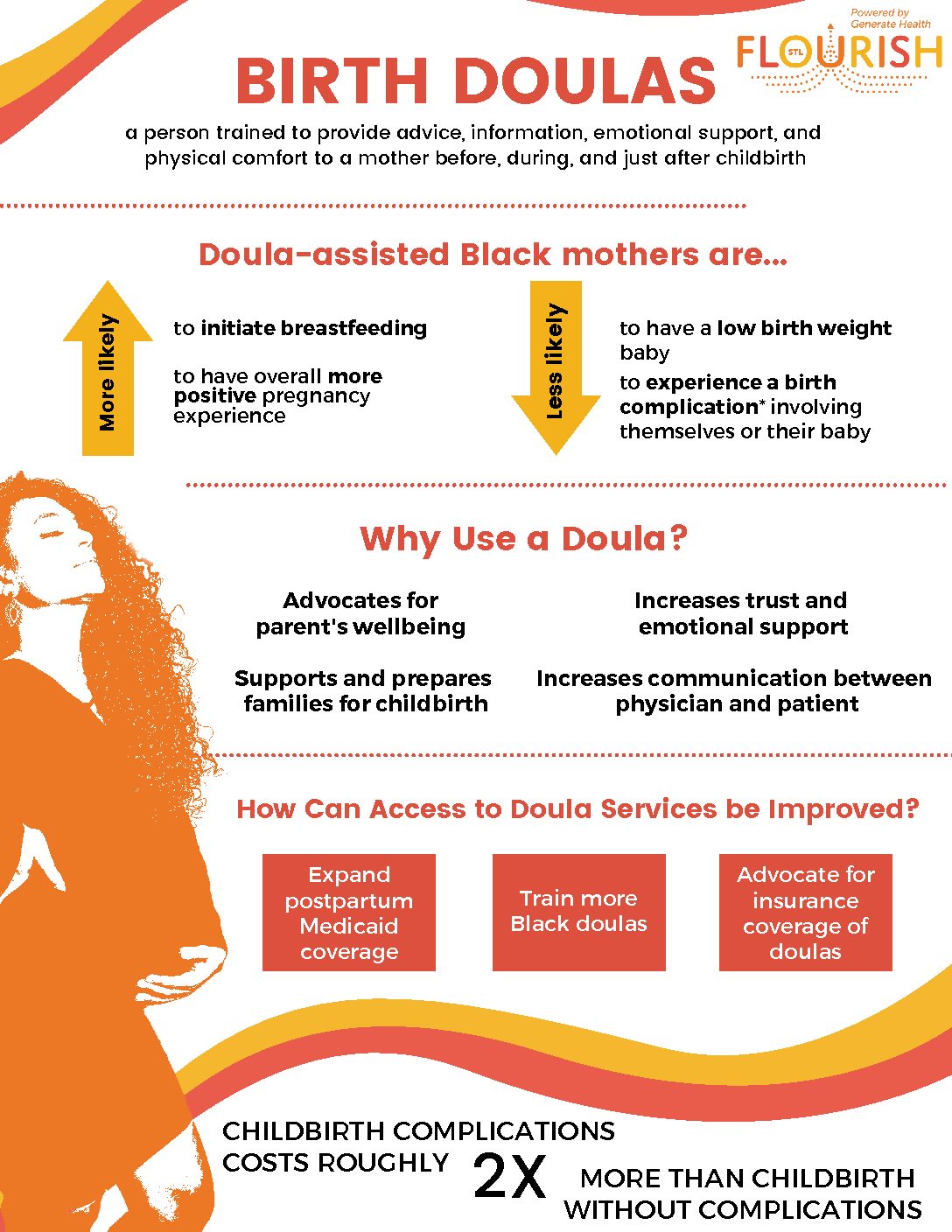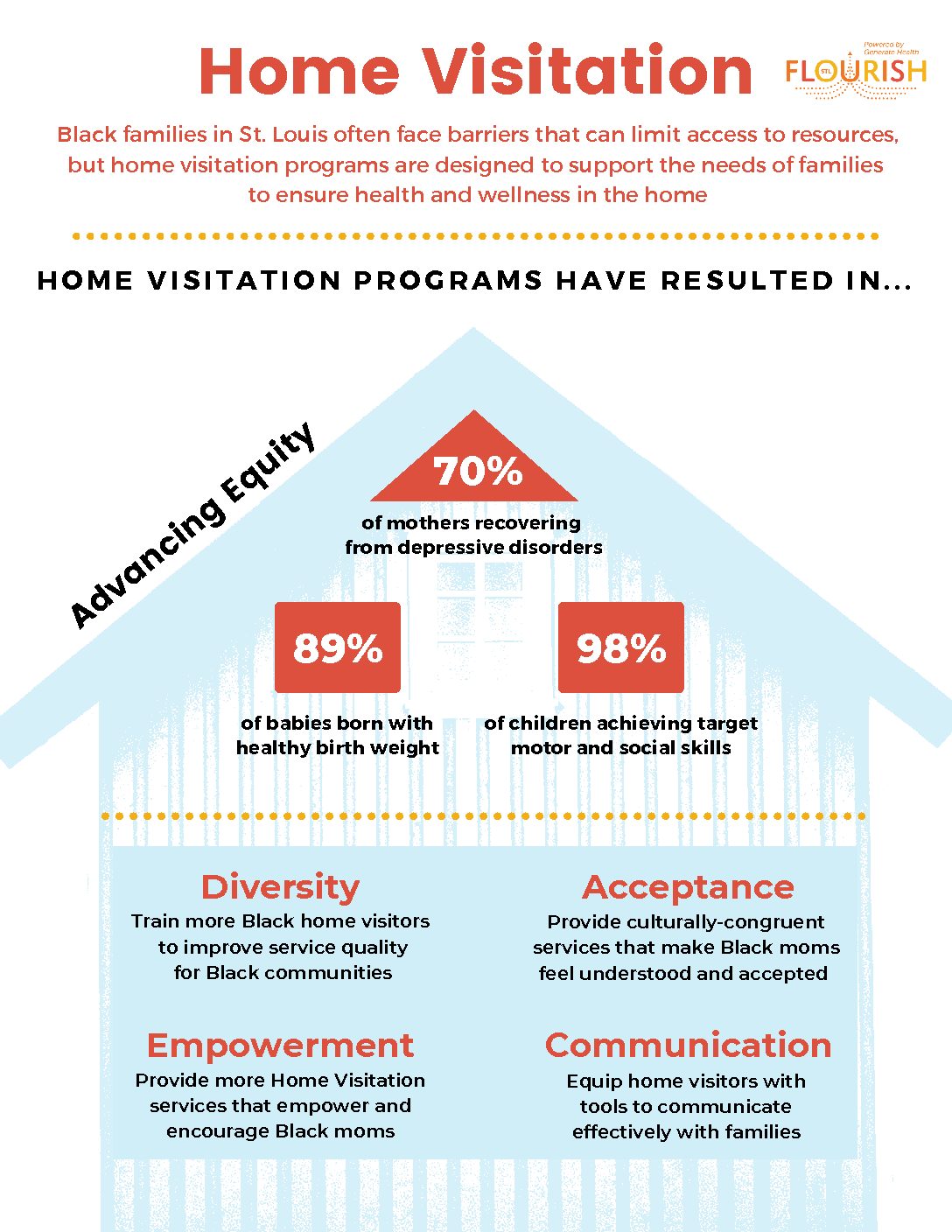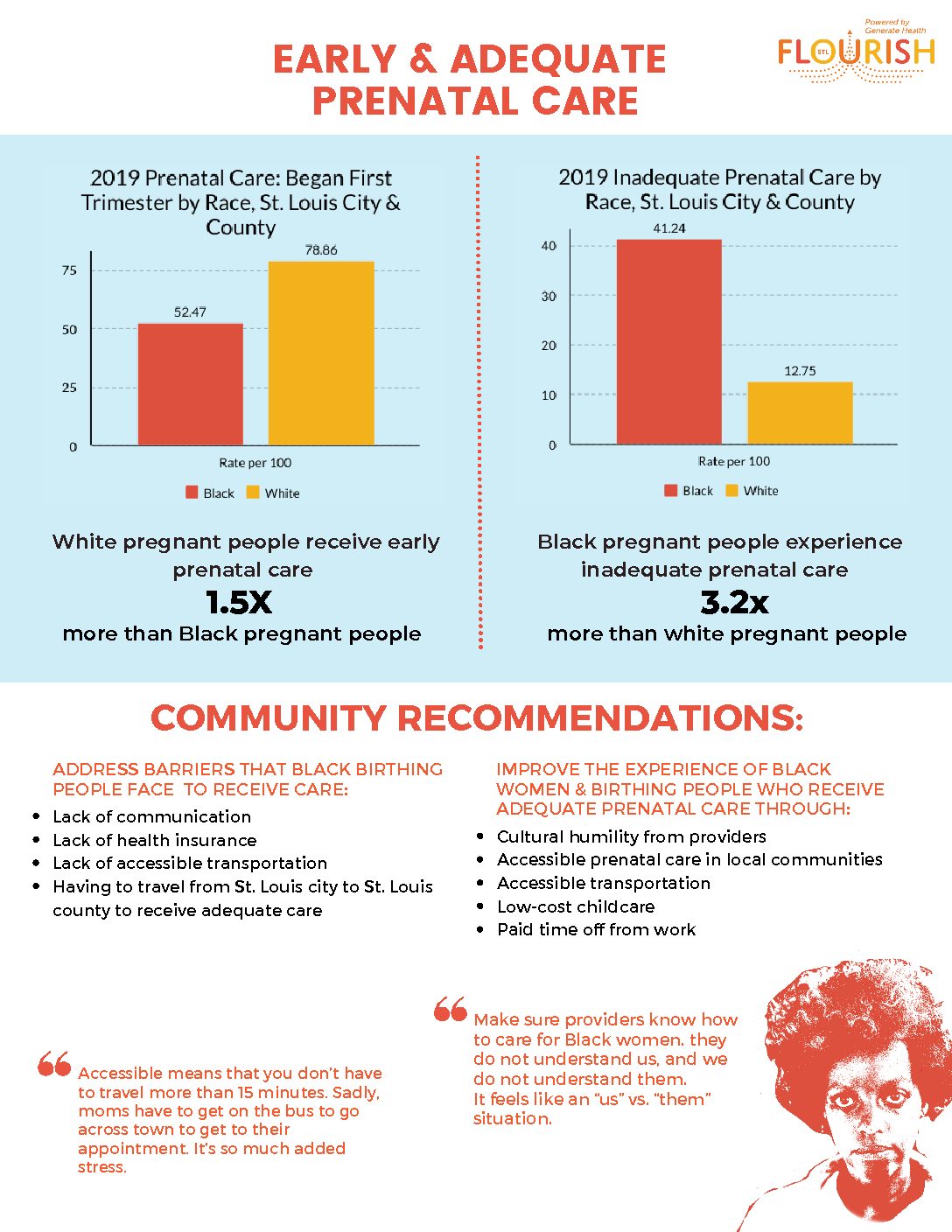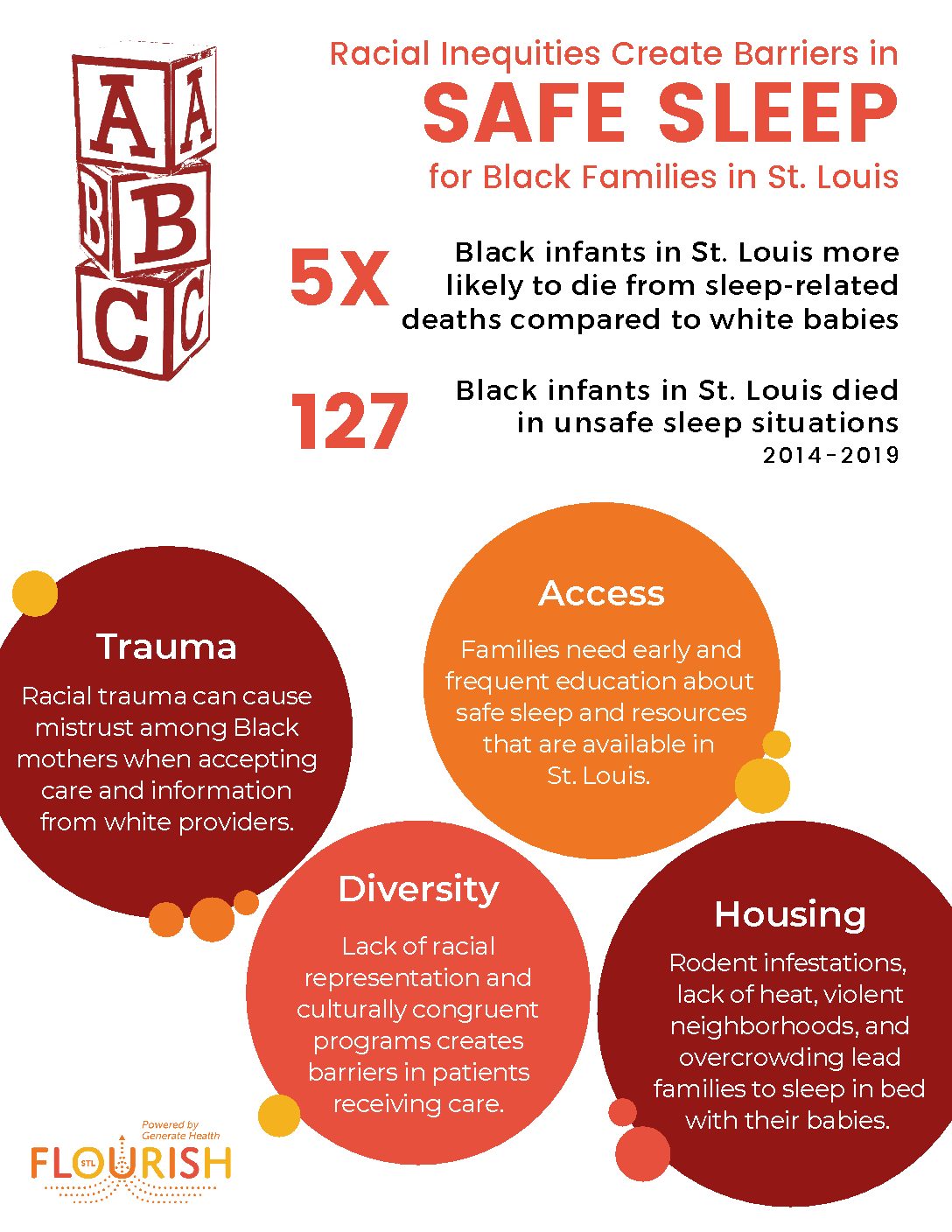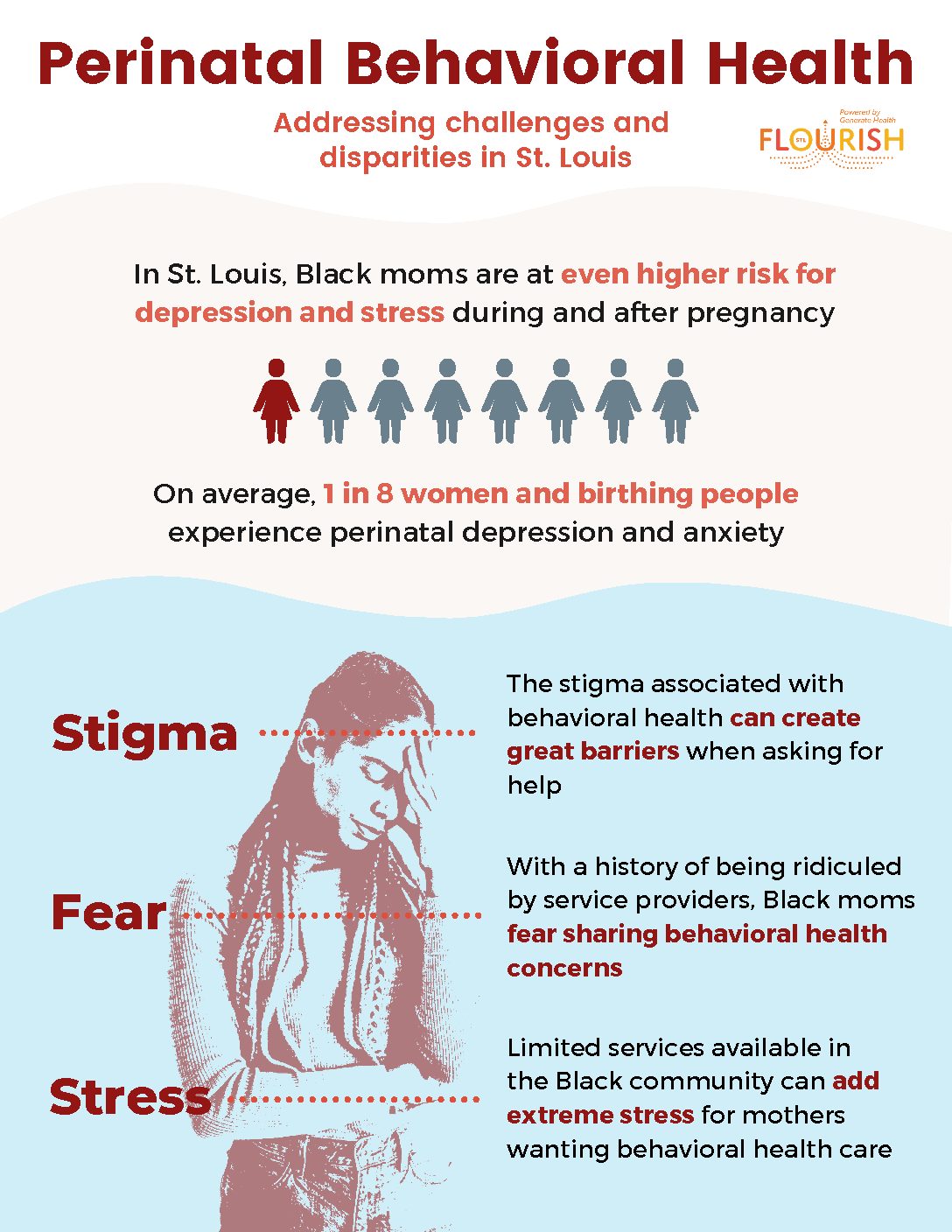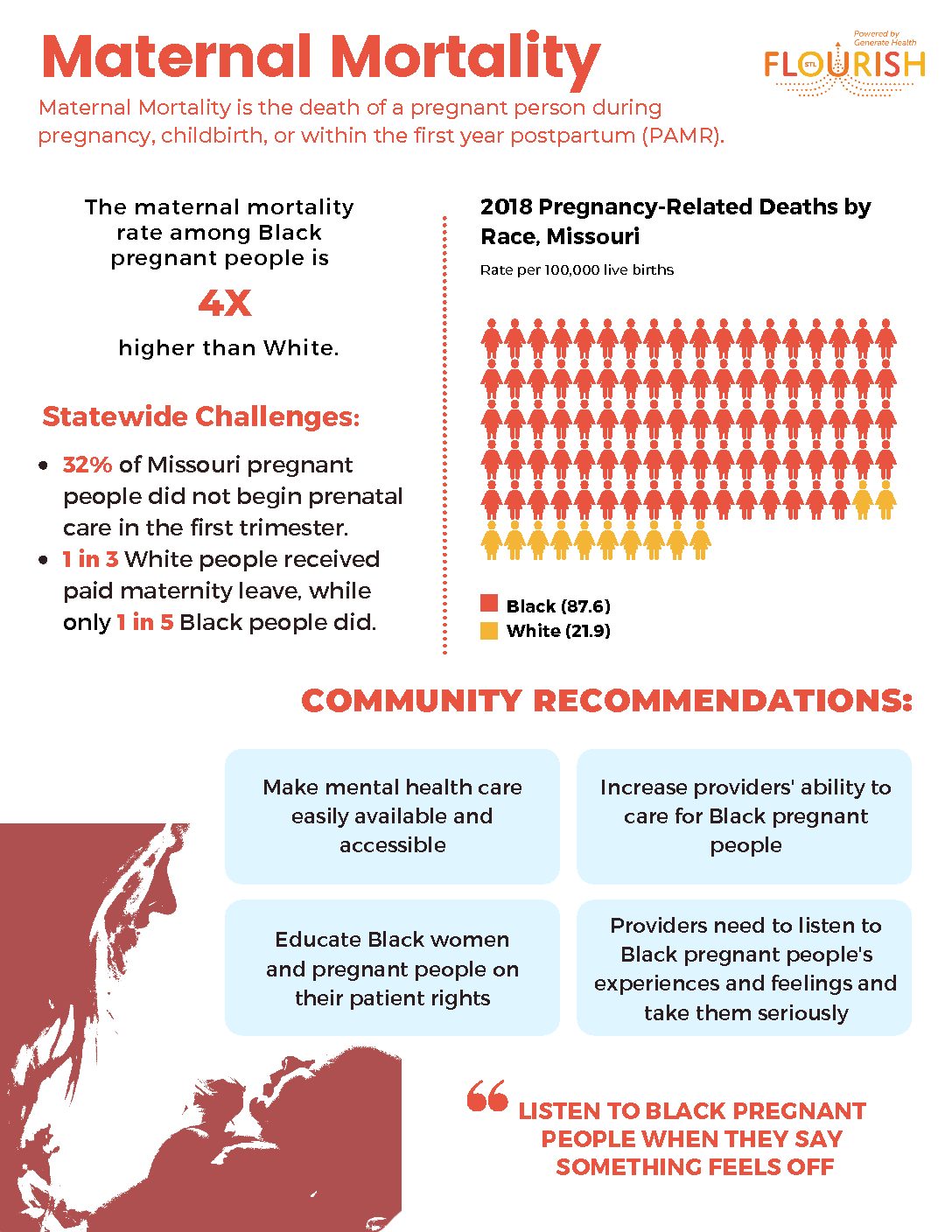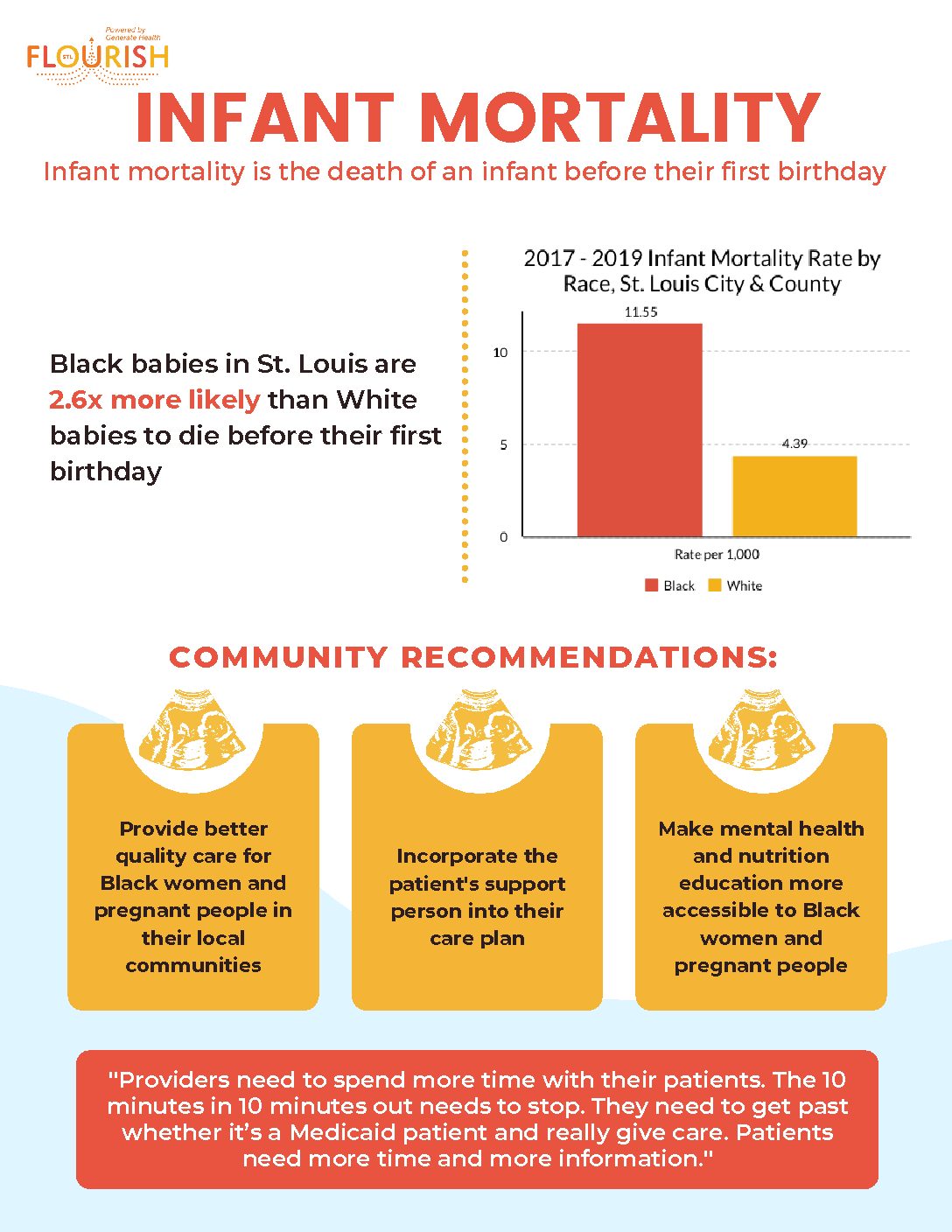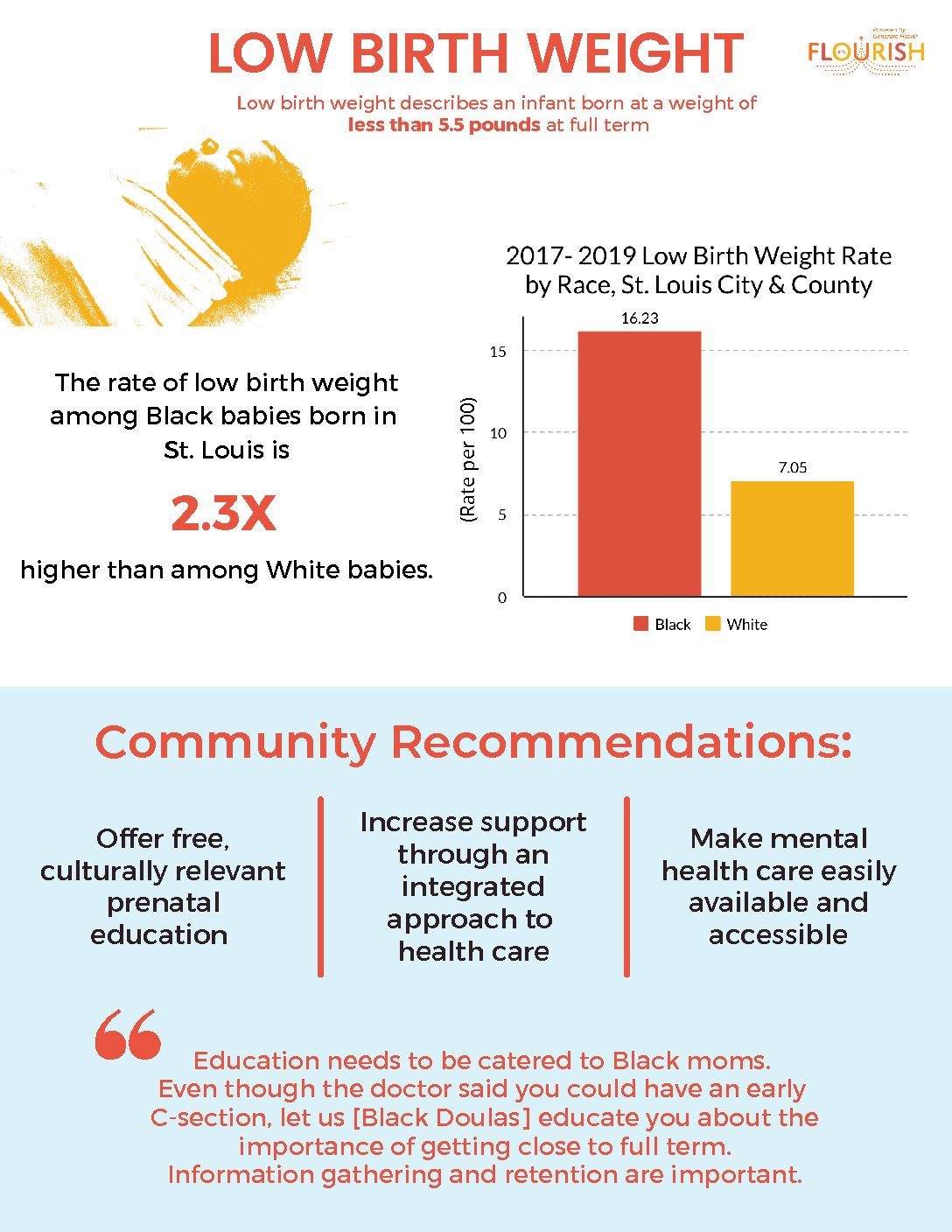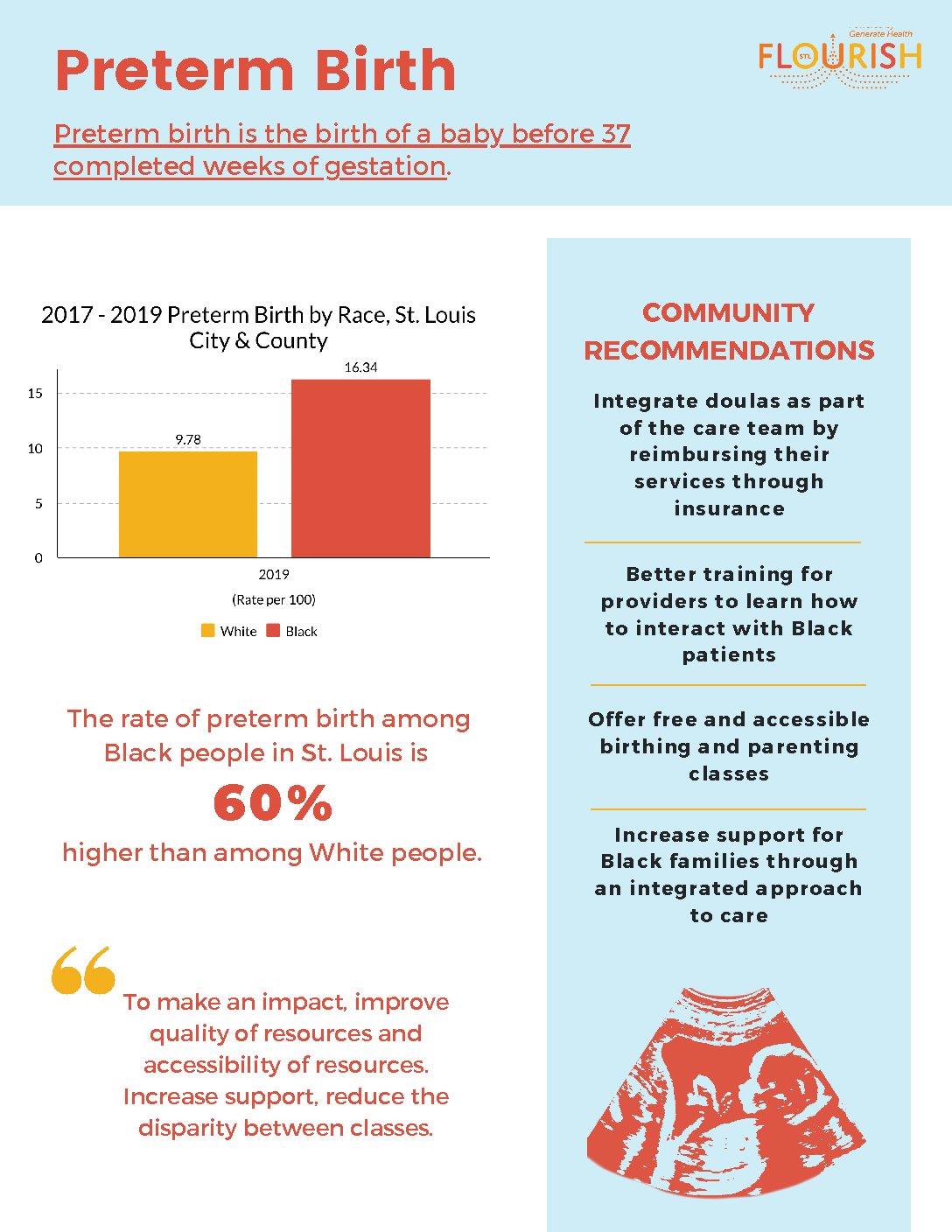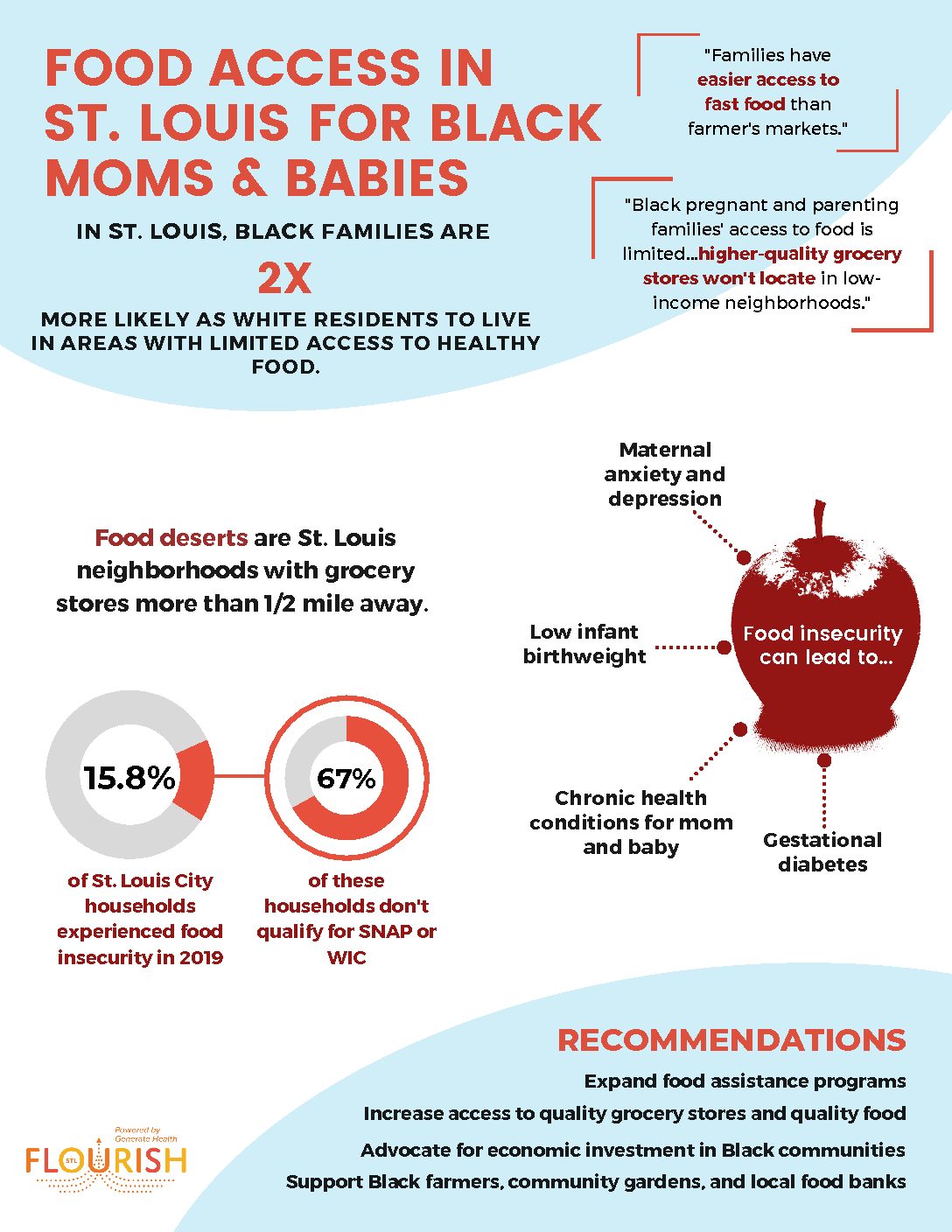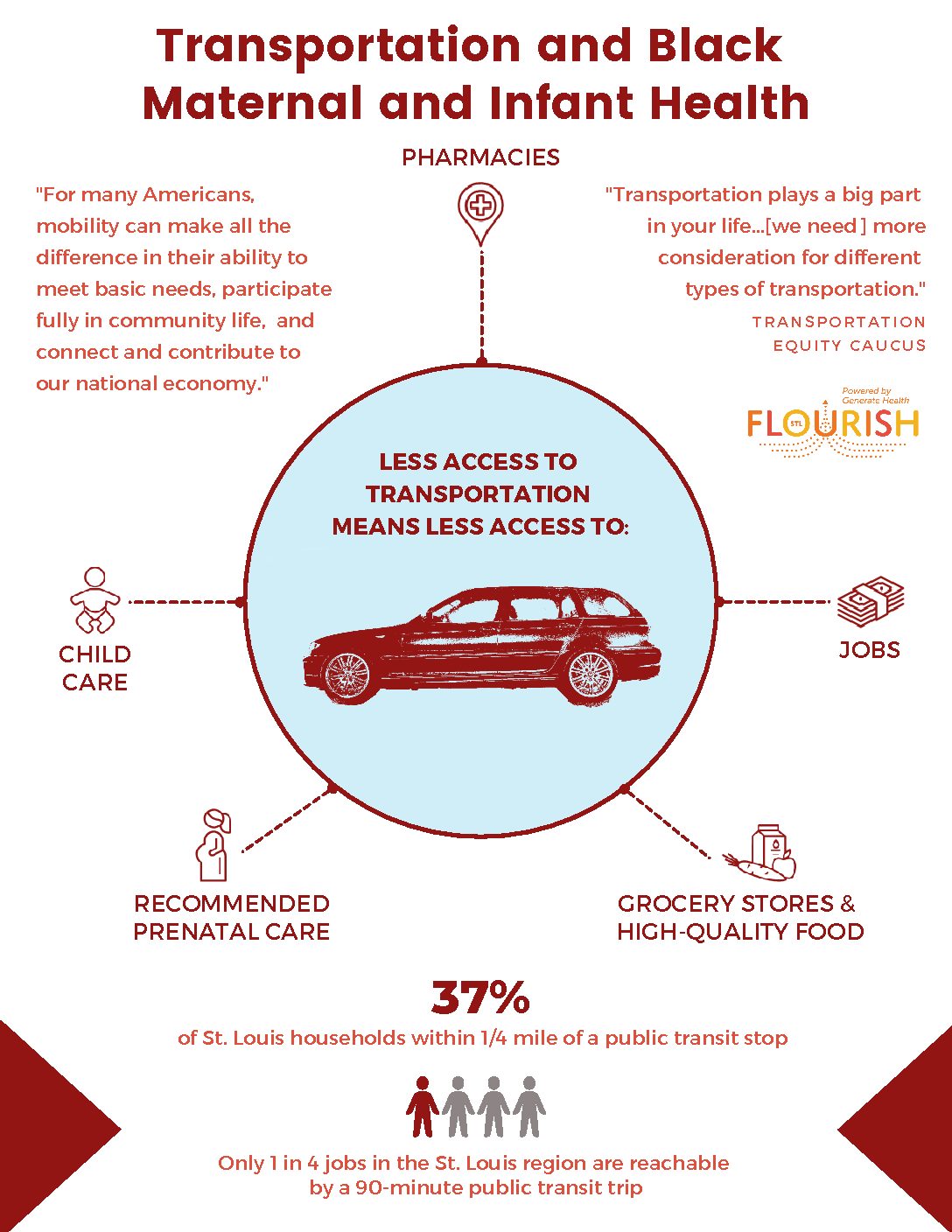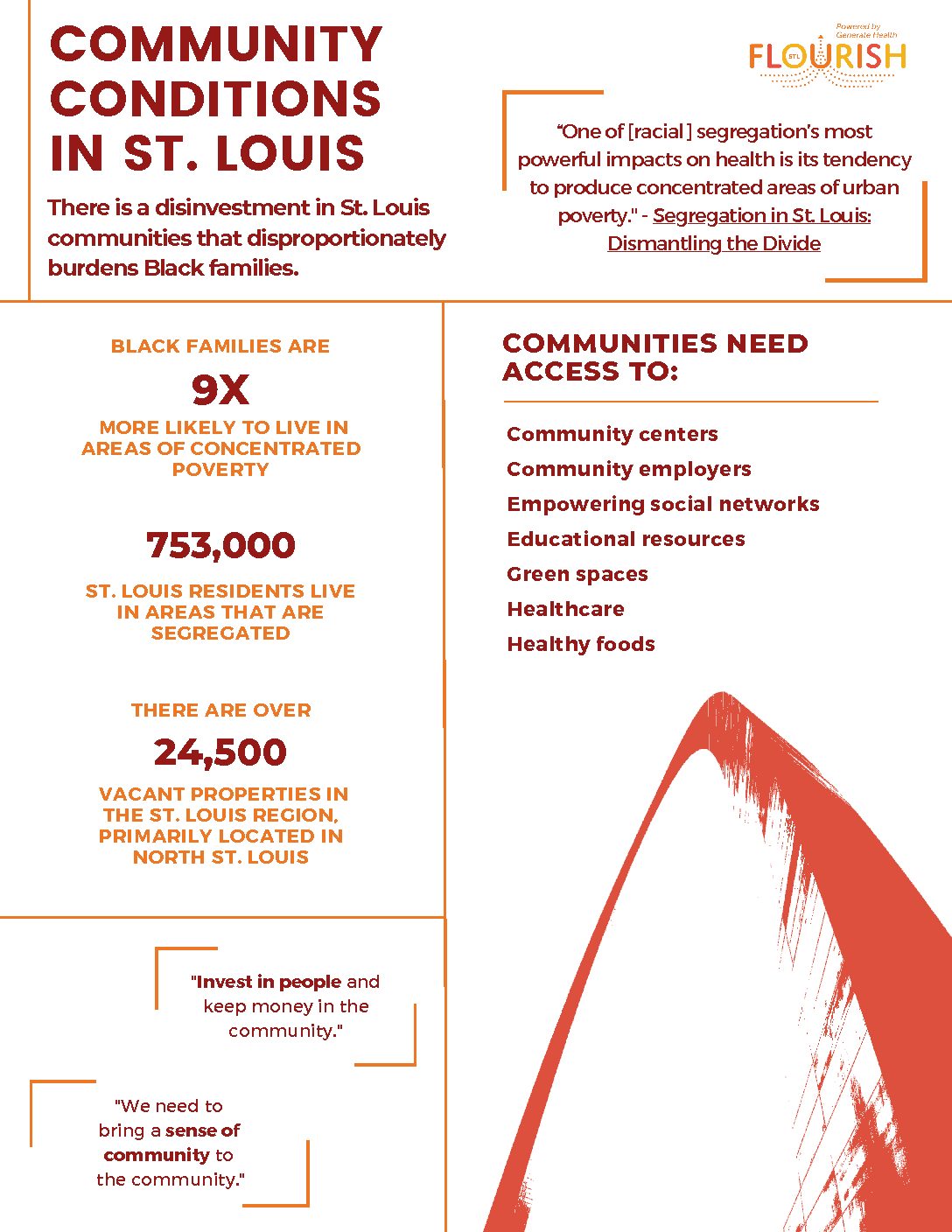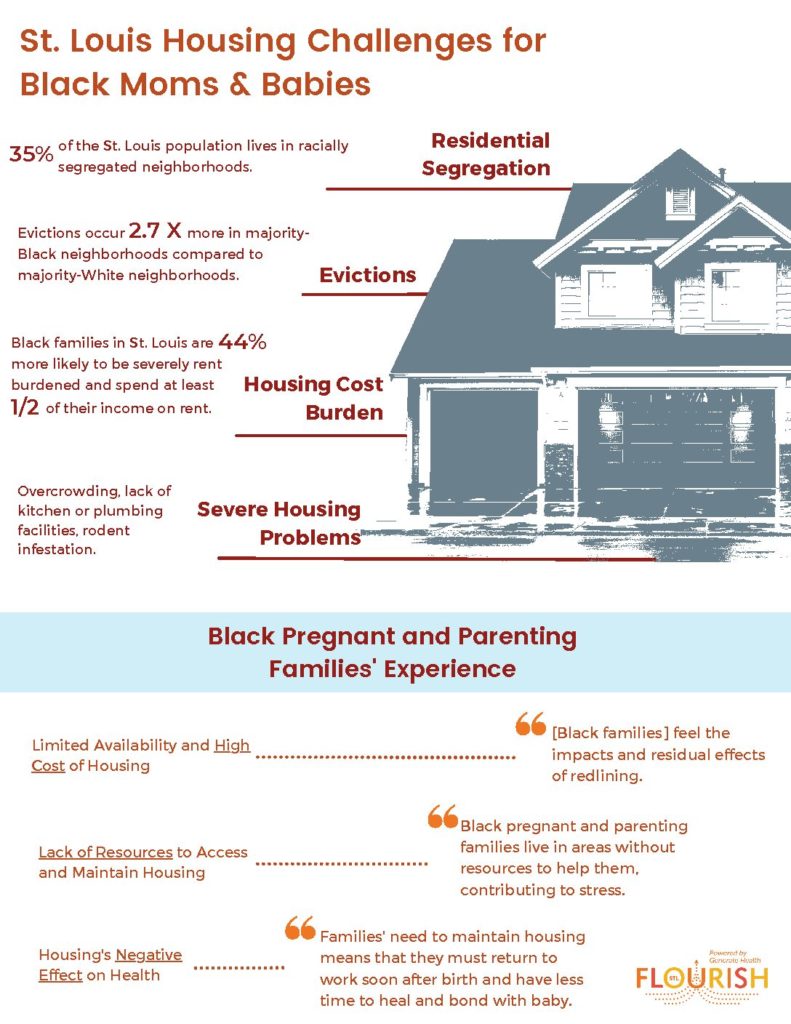St. Louis lost 48 babies in the past three years to SIDS and other sleep-related causes. Recently, the American Academy of Pediatrics (AAP) published its 2016 safe sleep recommendations, providing updated guidance for parents to reduce sleep-related deaths.
FLOURISH St. Louis sat down with Lori Behrens, executive director of SIDS Resources, to help explain the AAP’s new recommendations.
Some of the key takeaways are:
- The ABCs of safe sleep apply to all types of sleeping.
The ABCs are nothing new – infant sleep experts have been recommending them for years. All infants should sleep Alone, on their Back, and in a Crib or a sleeping surface separate from their parents’ bed, such as a Pack ‘n Play.
“The new AAP recommendations affirm what we’ve been saying about the ABCs of safe sleep,” Behrens explained. “It’s critical that the ABCs of safe sleep are followed for all sleeping periods – from short naps to a full night’s sleep.”
- The AAP emphasizes the need for a separate sleeping space for infants.
Bed sharing – sleeping on the same surface as the baby – can significantly increase the risk of SIDS or accidental suffocation. SIDS Resources provides free Pack ‘n Play units for families in St. Louis who can’t afford one, and partners with organization who provide home visitation programs to show them how to use the Pack ‘n Play correctly.

- There is more emphasis on the importance of room sharing.
The most significant addition to the AAP recommendations is that infants should sleep in the same room as the parents – but not on the same surface – for at least the first six months, but ideally for a full year after birth. It is still unclear why, but there is now stronger evidence to support that babies who sleep in the same room as their parents, but on separate surface, have a reduced SIDS rate.
- Don’t put anything in bed with the baby.
According to Behrens, the most difficult recommendation for many parents to follow is to not place anything in the crib with the baby. Soft pillows, blankets, crib bumpers and toys can all increase the chances for entrapment, suffocation and other sleep-related infant deaths.
“It often looks cold and harsh to not surround the baby with soft blankets and pillows, but this is the safest way for your infant to sleep,” said Behrens. “The baby is the only cuteness that a crib needs.”
- Factors outside of sleep can impact the risk of SIDS.
Breastfeeding and supervised “tummy time” while awake both reduce the risk of SIDS, according to the AAP’s 2016 recommendations. Breastfeeding for even just one month cuts the risk of SIDS in half, and tummy time is important for developing strength, and the baby’s ability to roll, which can also reduce the risk of SIDS.
In contrast, smoking, alcohol and drug use both during pregnancy and after birth can increase the risk for SIDS. “Infants are more than three times as likely to die from SIDS if the mother smokes during pregnancy, and twice as likely if exposed to secondhand smoke after birth,” said Behrens. “Alcohol and drug use can also increase the risk of a premature or low birthweight baby, both of which increase a baby’s risk of SIDS.”
- We need a consistent policy surrounding safe sleep.
As part of the safe sleep recommendations, the AAP calls for changes at the policy level. This includes policies at health systems that require healthcare providers to give consistent advice to parents that aligns with the AAP recommendations to help ensure families receive the most updated message on how they can prevent sleep-related infant death.
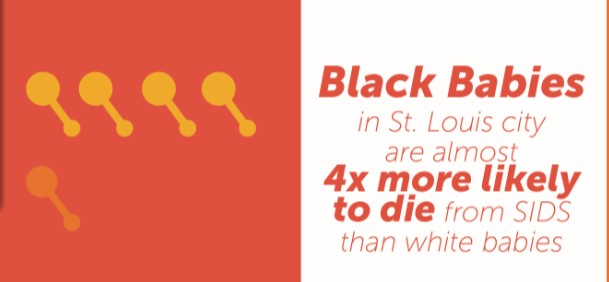
Implementing Safe Sleep Practices in St. Louis
SIDS Resources received a Missouri Foundation for Health grant through the infant mortality reduction initiative that sponsors FLOURISH St. Louis to help with their efforts to reduce infant mortality through safe sleep initiatives in St. Louis. The grant supports a partnership with Dr. David Wathen, assistant professor, division of general academic pediatrics at Saint Louis University. Together, Dr. Wathen and SIDS Resources are educating staff at Cardinal Glennon Children’s Hospital to model the AAP sleep recommendations, and teach them to parents. The grant also supports efforts with the St. Louis City Department of Health to review data for the Pack ‘n Play program to determine where gaps exist and make improvements to better serve families.
In addition to its safe sleep initiatives, SIDS Resources offers support for families of infants who have died from SIDS or other sleep-related causes.
“Many families face guilt,” Behrens explained. “We provide one-on-one counseling to help them process the loss, and offer support groups and peer connections for families to talk with others who have faced similar losses. We also provide opportunities to keep the memories of these babies alive through memorial events, like our annual 5K in the summer.”
FLOURISH St. Louis has identified safe sleep awareness and SIDS prevention as one of its priority areas. The organization is forming an Infant Health Action Team to address this area.

